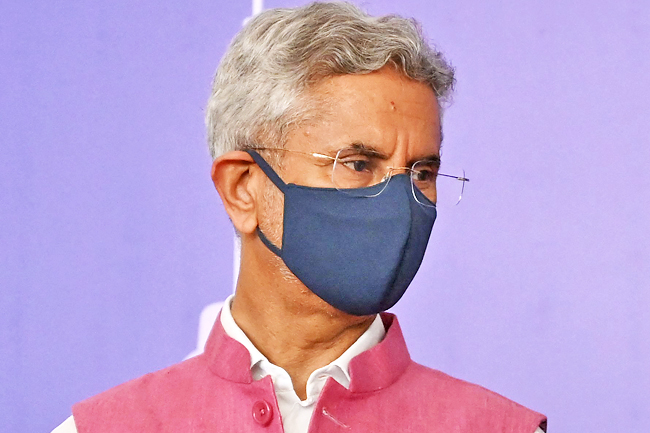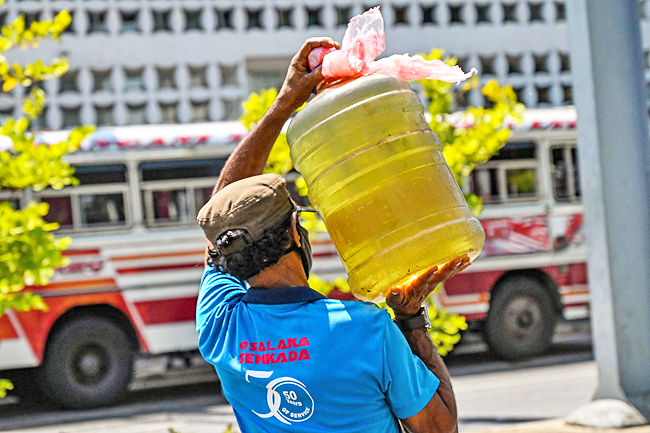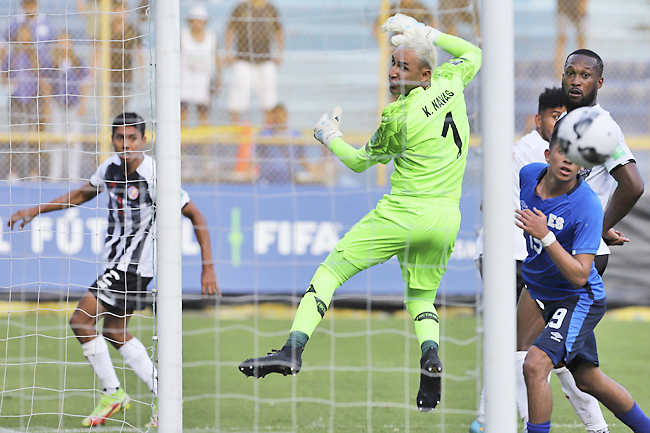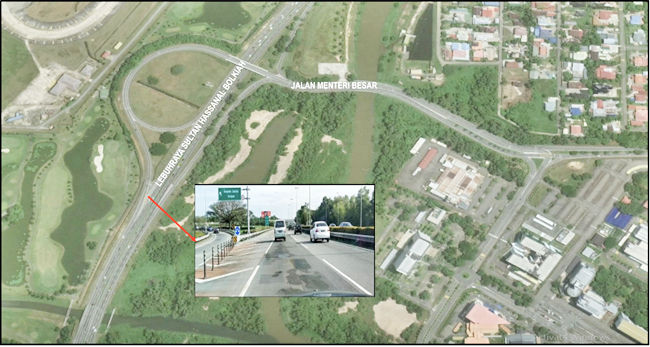Contributed by Deputy Secretary-General of ASEAN for ASEAN Economic Community, Satvinder Singh
In 2009, against the worst global economic crisis since the Great Depression, the Association of Southeast Asian Nations (ASEAN) signed the ASEAN Trade in Goods Agreement (ATIGA) furthering its commitment to an open and integrated regional trade.
On March 16, 2022, against the unprecedented COVID-19 pandemic and rising geopolitical crises, ASEAN economic ministers strategically launched negotiations to upgrade the ATIGA.
This historical parallel presents an opportunity for ASEAN to strengthen its integration amidst new global challenges. But the global economy is not just reeling from another crisis – it is evolving structurally. This warrants the enhancement of the ATIGA, as ASEAN’s flagship trade agreement, that will put ASEAN in a stronger economic position to respond to forthcoming global structural shifts brought by circular and technological transitions and would yield significant benefits and deepened ASEAN competitiveness and relevance in global trade and investments.
There is a desire to negotiate an upgraded ATIGA that is materially more beneficial and impactful than our existing regional or ASEAN plus agreements.
ATIGA, A MARKER OF ASEAN’S ECONOMIC INTEGRATION
The ATIGA evolved from ASEAN’s earlier trade agreements. The Common Effective Preferential Tariff Scheme (CEPT), signed in 1992, was the direct predecessor of the ATIGA. Following amendments to the CEPT in 1995 and 2003, ASEAN agreed on a new agreement, which became the ATIGA.
The ATIGA built on the CEPT’s objectives of establishing ASEAN as a single market and production base characterised by the free flow of goods, services, investment, skilled labour, and capital. The agreement provided comprehensive trade measures – such as tariff liberalisation, rules of origin, non-tariff measures, trade facilitation, and customs procedures that helped ease the movement of goods in the region.
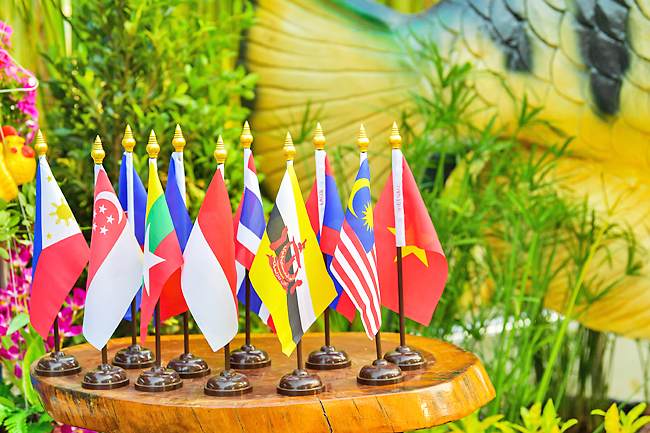

ATIGA’S SUCCESS TO DATE
ATIGA’s most significant outcome is the reduction of intra-ASEAN trade tariff to zero for almost all types of goods.
To date, more than 98 per cent of all tariff lines have zero rates.
More importantly, the ATIGA instituted a host of measures to help businesses navigate trade rules.
The ASEAN Single Window, for example, today enables seamless electronic exchange of trade documents, such as Certificates of Origin and Customs declarations, for all 10 ASEAN member states’ customs.
Another example is the ASEAN Trade Repository, which serves as a single information source on tariffs, regulations, and administrative procedures.
These measures contributed to ASEAN trade growth.
Between 2010 and 2020, intra-ASEAN trade increased from USD500 billion to USD630 billion in 2019, making up about 24 per cent of its total trade. ASEAN’s share of world trade steadily increased from around six per cent in 2010 to eight per cent in 2019, indicating a faster trade growth than other regions and reflecting the outward-looking nature of ASEAN integration.
At the same time, the ASEAN region remains one of the most prolific recipients of foreign direct investment (FDI), second only to China.
A CHANGING GLOBAL LANDSCAPE
A decade since the ATIGA was first implemented in 2010, we are observing structural changes in global trade patterns and regional integration.
Firstly, global supply chain networks, especially in Asia are shifting, partly triggered by trade tensions between the United States (US) and China.
The tensions have caused many multi-national companies, including Chinese conglomerates, to diversify their supply chain out of complete concentration in China.
Most companies are looking at China-plus one strategies in global supply chain, where ASEAN is a formidable alternative location to China.
Combined with shocks caused by natural disasters, the COVID-19 pandemic, supply chain disruptions and the current military conflicts, as currently happening in Europe, the global supply chains are more vulnerable than ever. An upgraded ATIGA needs to counter these challenges and strengthen ASEAN for global businesses.
Secondly, rapid technological advancement is accelerating new trade patterns and leading to new categories of goods and services.
Paperless trading and e-commerce are driving economic growth. And trade in digital products and services warrants new regulations on issues such as data protection, cross-border data flows, and digital standards.
In addition, ASEAN continues to advance its transformative economic agenda. In 2021, ASEAN adopted the Bandar Seri Begawan Roadmap for digital transformation, which includes a plan for a digital economy framework agreement.
In the same year, ASEAN adopted a circular economy framework.
This year, ASEAN will further pursue the environmental agenda through a carbon neutrality
strategic plan.
Another emerging type of trade centres on climate solutions – not only focussing on cross border carbon taxes, carbon credits and offsets – but also the need for FTA agreements to accommodate circularity, for which an upgraded ATIGA hopefully embraces and prepares the region.
Thirdly, ASEAN expanded the scale and scope of its integration to comprise the Indo-Pacific, especially with the entry into force of the Regional Comprehensive Economic Partnership (RCEP) Agreement this year.
The RCEP binds ASEAN with Australia, China, Japan, South Korea, and New Zealand, and introduced new economic cooperation areas, including electronic commerce, competition, intellectual property, small and medium enterprises, and government procurement.
Motivated by the RCEP, ASEAN is currently reviewing and upgrading its own economic agreements like ATIGA and some of its ASEAN plus one agreements to ensure their continued relevance to businesses and other stakeholders in the region.
A FORWARD-LOOKING ATIGA
It is, therefore, timely to upgrade the ATIGA to respond to and stay ahead of these global shifts and align it with ASEAN’s transformative agenda. An upgraded ATIGA will further simplify the rules of origin for goods, expand the adoption of trade technologies and paperless documents, and harmonise technical regulations and standards. It will also facilitate trade for micro, small, and medium enterprises, address sustainability and circularity concerns, and promote digital trade.
An upgraded and forward-looking ATIGA will have significant impacts on businesses and other stakeholders. It will elevate ASEAN’s position in the global supply chains, lower trade costs, reduce regulatory barriers, unlock logistics bottlenecks and place ASEAN on a more sustainable and inclusive economic growth path. Consequently, businesses could leverage ASEAN’s position as a single market and regional production base to enhance the region’s overall competitiveness.
The parallel historical backdrops between ATIGA’s signing in 2009 and the launching of its upgrade negotiation in 2022 might be unfortunate. Yet, therein lies a golden opportunity for ASEAN to strengthen its place in a changing world.
